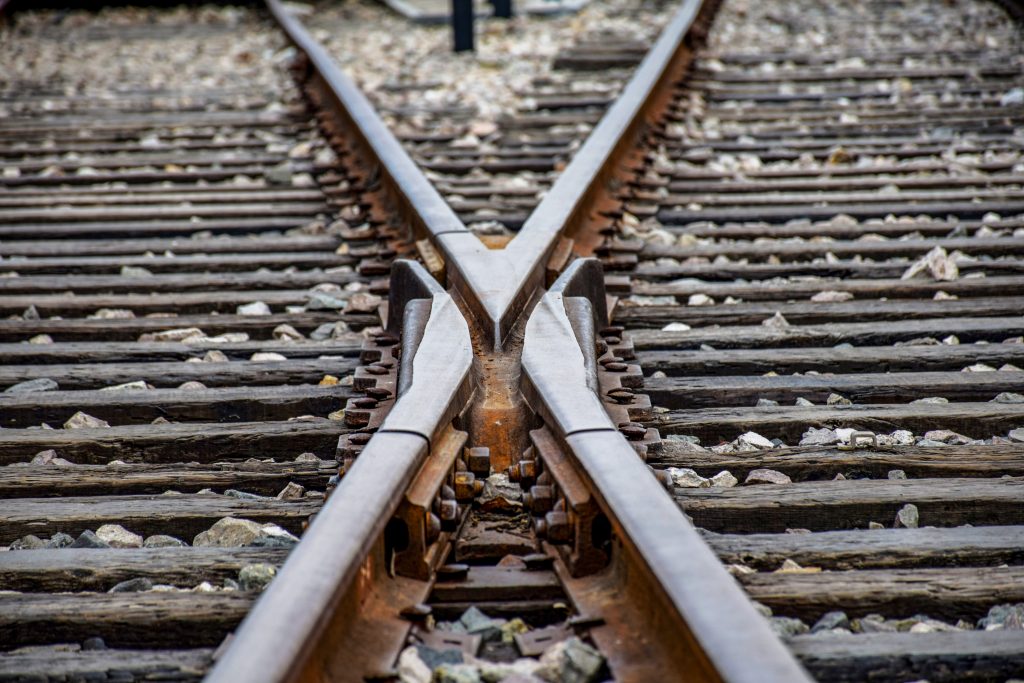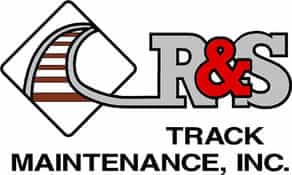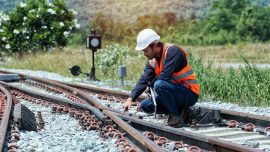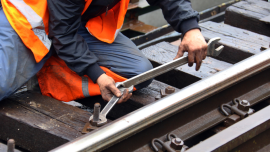
How Often Are Railroad Ties Replaced?
What is needed when replacing railroad ties? A typical railroad system has several parts including the actual rails, spikes, and the train. One more important but often overlooked part of the railroad system is the tie. Railroad ties, also known as sleepers or crossties, are basically strips of wood or concrete parts that are located under the rails.
The ties help by holding the entire truck intact using spikes. They also make sure that the rails are an equal distance apart and level with each other. They are important because without them the rails can move or sway and throw the train off balance.
One question most people ask is just how long do railroad ties last and how often should they be replaced. When it comes to replacing railroad ties, this should typically be done on a regular schedule depending on the railway’s maintenance plan and the condition of the ties.
In general, wooden ties may need to be replaced every 7 to 10 years, while concrete ties can last for up to 30 years. Factors such as weather, usage, and the type of train using the tracks can also affect how often you should go about replacing railroad ties.
Tips for Replacing Railroad Ties
There are several things you need to do when replacing railroad ties. Here are some tips to help you out:
- Regularly Inspect the Ties: Regular inspections can help identify worn or damaged ties that need to be replaced.
- Use the Right Tools: The right tools, such as tie tongs, spike pullers, and tie tampers, can make the process of replacing railroad ties more efficient.
- Use the Right Type of Tie: Different types of ties, such as wood, concrete, or plastic, have different lifespans and are suitable for different types of rail traffic.
- Properly Prepare the Track Bed: Properly preparing the track bed before installing new ties can ensure a more secure and stable foundation.
- Use of Automation: The use of automation in replacing railroad ties can be more efficient and cost-effective.
Proper maintenance of the tracks and ties is essential to prolong the life of the ties and ensure the safety of the trains. It’s important to work with experienced professionals and follow industry standards when replacing railroad ties.

Railroad Ties Maintenance
With proper maintenance and regular inspection, railroad ties or sleepers can serve you for many years without the need for replacement. Always observe the best practices when it comes to maintaining and replacing railroad ties.
Regular inspections can help identify worn or damaged ties that need to be replaced or repaired. It is also important to use proper maintenance techniques. The right maintenance techniques, such as tamping and aligning the ties, can help prolong the life of the ties and ensure the safety of the trains.
Properly maintaining the ballast, the material that supports the ties, can help ensure a stable foundation for the tracks. Remember, extreme weather conditions, such as heavy rain, can cause damage to the ties and the track bed, so it’s important to monitor weather conditions and take appropriate action to protect the tracks.
It can be hard to monitor long stretches of the railroad but you can always use automation techniques. The use of automation in monitoring the ties can be more efficient and cost-effective.
When You Need Railroad Maintenance, Hire The Midwest’s Professional Railroad Track Contractor- R&S Track, INC.
It’s important to work with experienced professionals and follow industry standards when maintaining and replacing railroad ties.
At R&S Track, INC. we understand that proper maintenance can help extend the life of the ties, ensure the safety of the trains and reduce costs associated with frequent replacement.
Visit our website to learn more about our railroad monitoring and maintenance services.
You can also contact us right away to get a price estimation for railroad tie replacement.




0 comments
Write a comment